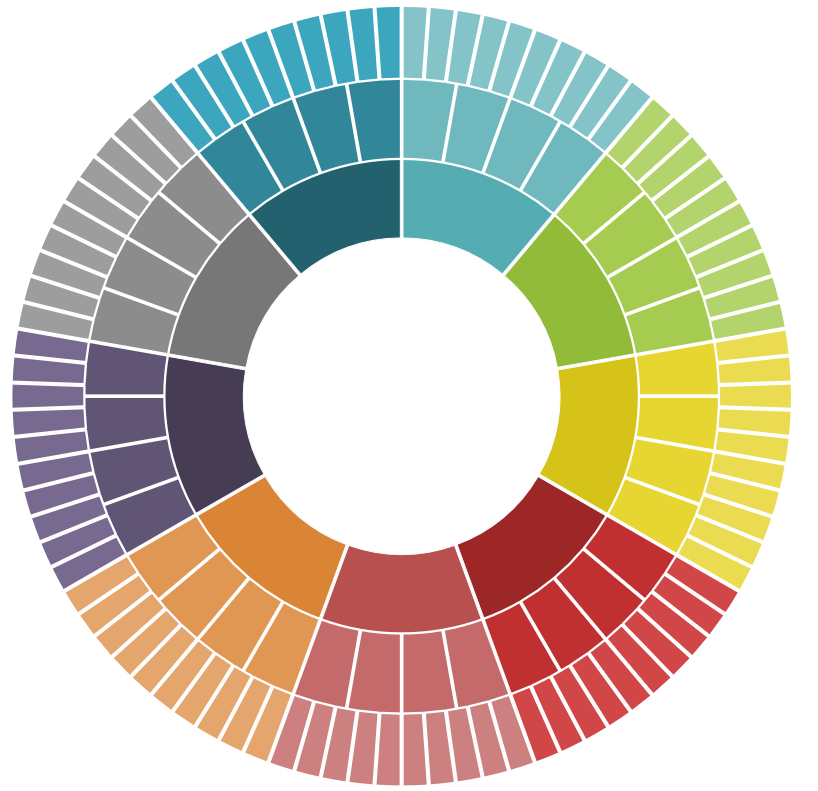Volltextsuche nutzen
- versandkostenfrei ab € 30,–
- 6x in Wien und Salzburg
- 6 Mio. Bücher
- facultas
- Detailansicht


Achieving sustainable cultivation of grain legumes Volume 2
Improving cultivation of particular grain legumes


E-Book (PDF)
255,00€
inkl. gesetzl. MwSt.
EPDF (mit DRM) sofort downloaden
Downloads sind nur in Österreich möglich!
Leitfaden zu E-Books
Downloads sind nur in Österreich möglich!
Leitfaden zu E-Books
In den Warenkorb
Click & Collect
Artikel online bestellen und in der Filiale abholen.
Derzeit in keiner facultas Filiale lagernd. Jetzt online bestellen!Artikel online bestellen und in der Filiale abholen.
Artikel in den Warenkorb legen, zur Kassa gehen und Wunschfiliale auswählen. Lieferung abholen und bequem vor Ort bezahlen.
Auf die Merkliste
Veröffentlicht 2018, von Shoba Sivasankar bei Burleigh Dodds Science Publishing
ISBN: 978-1-78676-143-9
Grain legumes are characterised by their nutritional value, an ability to grow rapidly and improve soil health by fixing nitrogen. This makes them a key rotation crop in promoting food security amongst smallholders in particular. However, yields are constrained by factors such as pests and diseases as well as vulnerability to poor soils, drought and other effects of climate change. This ...
Beschreibung
Grain legumes are characterised by their nutritional value, an ability to grow rapidly and improve soil health by fixing nitrogen. This makes them a key rotation crop in promoting food security amongst smallholders in particular. However, yields are constrained by factors such as pests and diseases as well as vulnerability to poor soils, drought and other effects of climate change. This collection reviews the wealth of research addressing these challenges. Volume 2 assesses key research on particular types of grain legume with chapters on developing improved varieties as well as improvements in cultivation techniques Part 1 covers common beans, chickpeas, lentils, soybeans and groundnuts. Part 2 discusses cowpea, faba beans and pigeonpea. With its distinguished editorial team and international range of expert authors, this will be a standard reference for the grain legume research community and farmers of these important crops as well as government and other agencies responsible for agricultural development. It is accompanied by a companion volume which reviews general advances in breeding and cultivation techniques.
Edition
Grain legumes are characterised by their nutritional value, an ability to grow rapidly and improve soil health by fixing nitrogen. This makes them a key rotation crop in promoting food security amongst smallholders in particular. However, yields are constrained by factors such as pests and diseases as well as vulnerability to poor soils, drought and other effects of climate change. This collection reviews the wealth of research addressing these challenges. Volume 2 assesses key research on particular types of grain legume with chapters on developing improved varieties as well as improvements in cultivation techniques Part 1 covers common beans, chickpeas, lentils, soybeans and groundnuts. Part 2 discusses cowpea, faba beans and pigeonpea. With its distinguished editorial team and international range of expert authors, this will be a standard reference for the grain legume research community and farmers of these important crops as well as government and other agencies responsible for agricultural development. It is accompanied by a companion volume which reviews general advances in breeding and cultivation techniques.
Edition
